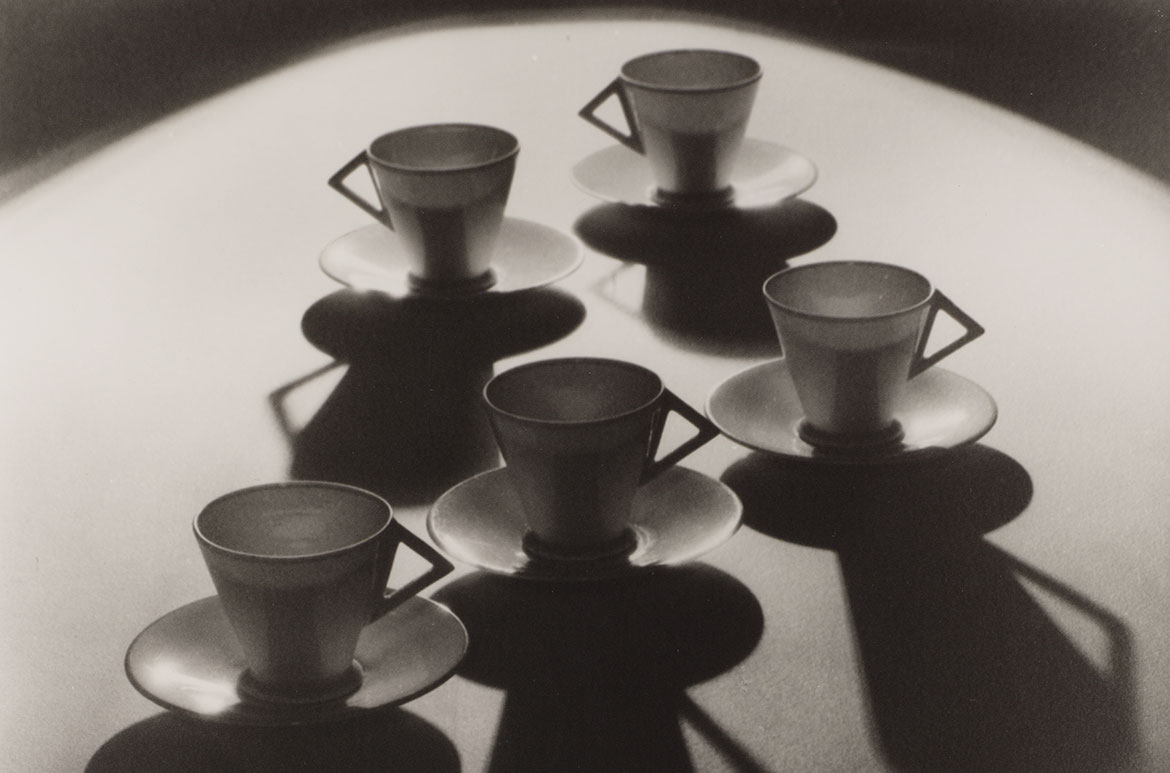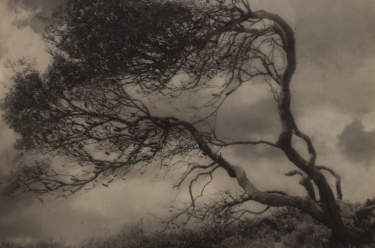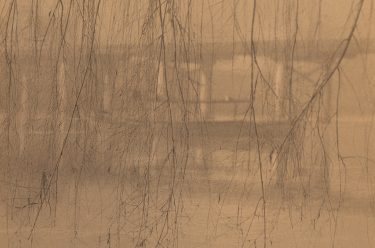As the hours, days and weeks in which we have recently been confined to our homes compressed and merged into an endless monotony, certain moments of beauty that have been lurking in the minutiae of domestic ordinariness shone through.
The slowing of my once busy schedule provided more opportunity for reflective movements. I’ve become mindful of the way that the light bends and the shadows change throughout the day — changing in ways that were invisible to me when I was caught in the hum of my former routine. The way the light transforms objects to create striking moments is captured brilliantly through photography — which literally translates from its Greek origins to ‘drawing with light’ –— renewing our vision and elevating our surroundings with flashes of inspiration.
Teacup ballet
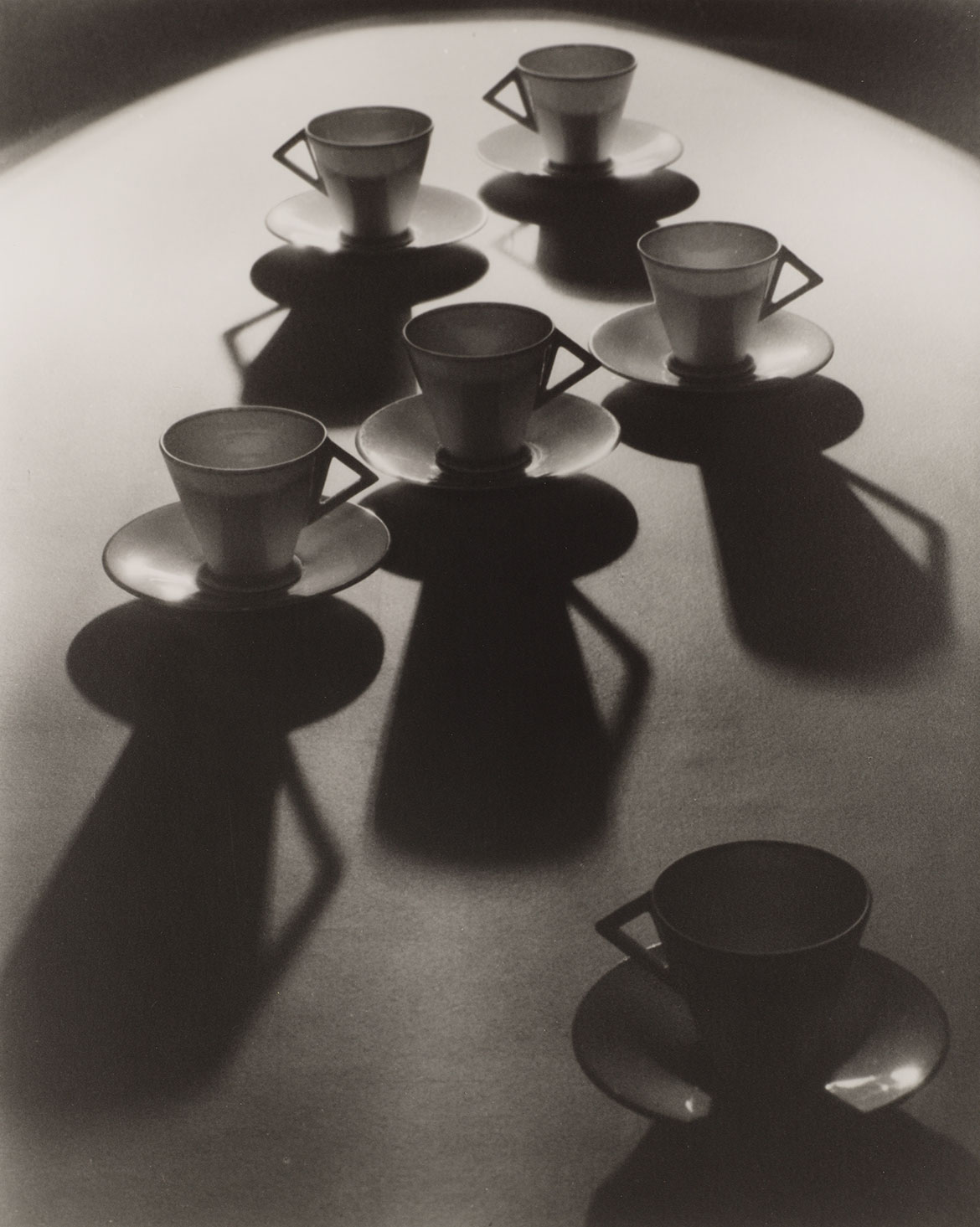
Is it time for another cup of tea yet? In the endless hours at home I found myself yearning not just a caffeine boost but the opportunity to pause. As I took that first sip — enjoying the brew — I often thought ahead to a time when life might resume its former hectic pace. Indulging in the daily ritual of tea breaks takes on a different character depending on circumstance.
The dramatic lighting in Olive Cotton’s Teacup ballet 1935 transforms the shadows of the crockery into dancers on a stage assembled for a personal tea time performance.
Sally was baking scones
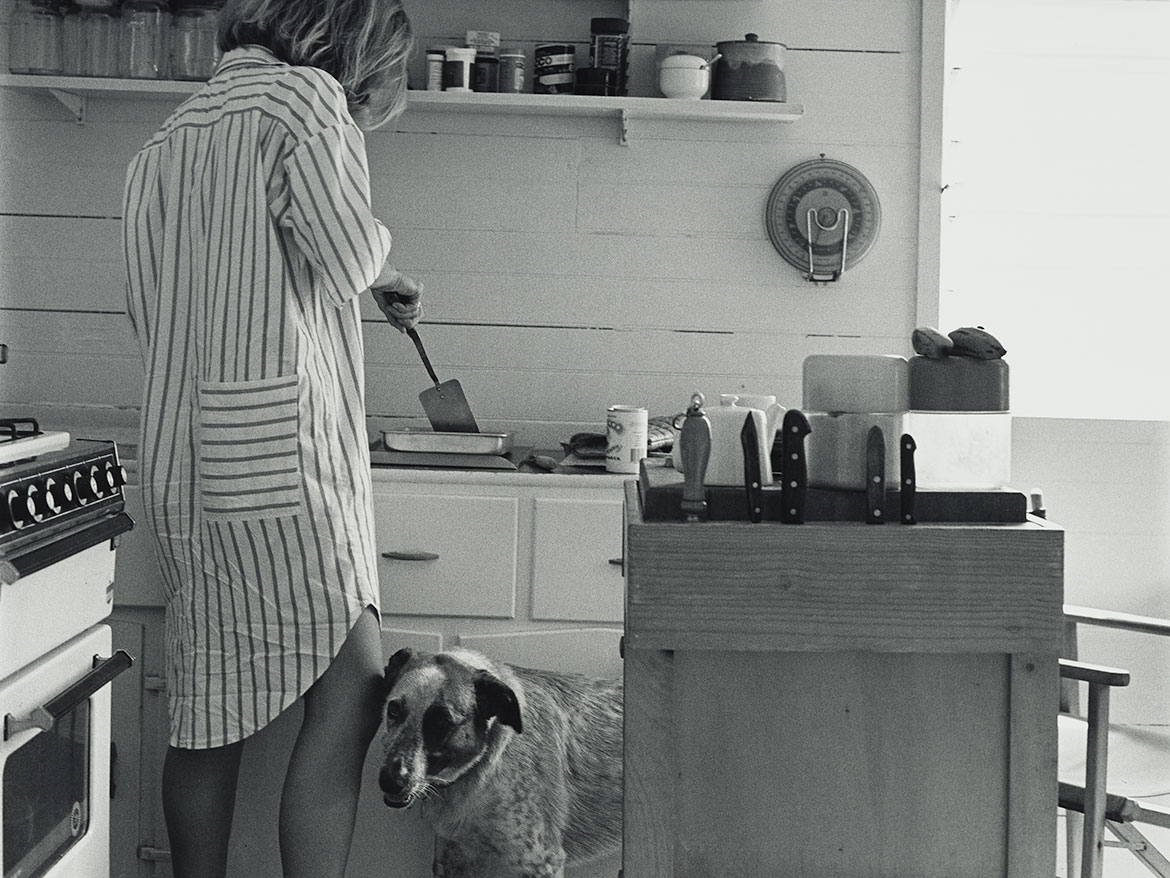
People all over the world embraced this time as an opportunity to experiment in the kitchen. There is immense joy in the process of creating and sharing food with our loved ones — invoking a tangible connection to simpler times.
There is such a warmth conveyed in this ‘domesticity’ themed image 10 December 1986, Kangaroo Point, Brisbane – Sally was baking scones from Glen O’Malley’s Journey’s north portfolio — I’m almost tempted to bake something myself.
I particularly appreciate the inclusion of the dog — with so many of us at home more than usual, our pets are perhaps curious as to the change of routine, but surely enjoying the extra time with us.
Raw nerve

Life in lockdown meant many of us were more intimately acquainted with our laundry — at various stages of the cycle. There is beauty here also in the unique terrains and architectures that form in our washing. Tumbling, spinning, or left to languish in forgotten corners, there is a surprising number of permutations in these arrangements.
The moody, foreboding atmosphere of Pat Brassington’s Raw nerve (from ‘Pond’ series) 1995, reveals the hidden beauty in even the most mundane and burdensome domestic duties, perfectly capturing my own perceptions of the never-ending task.
Small glass pouring light
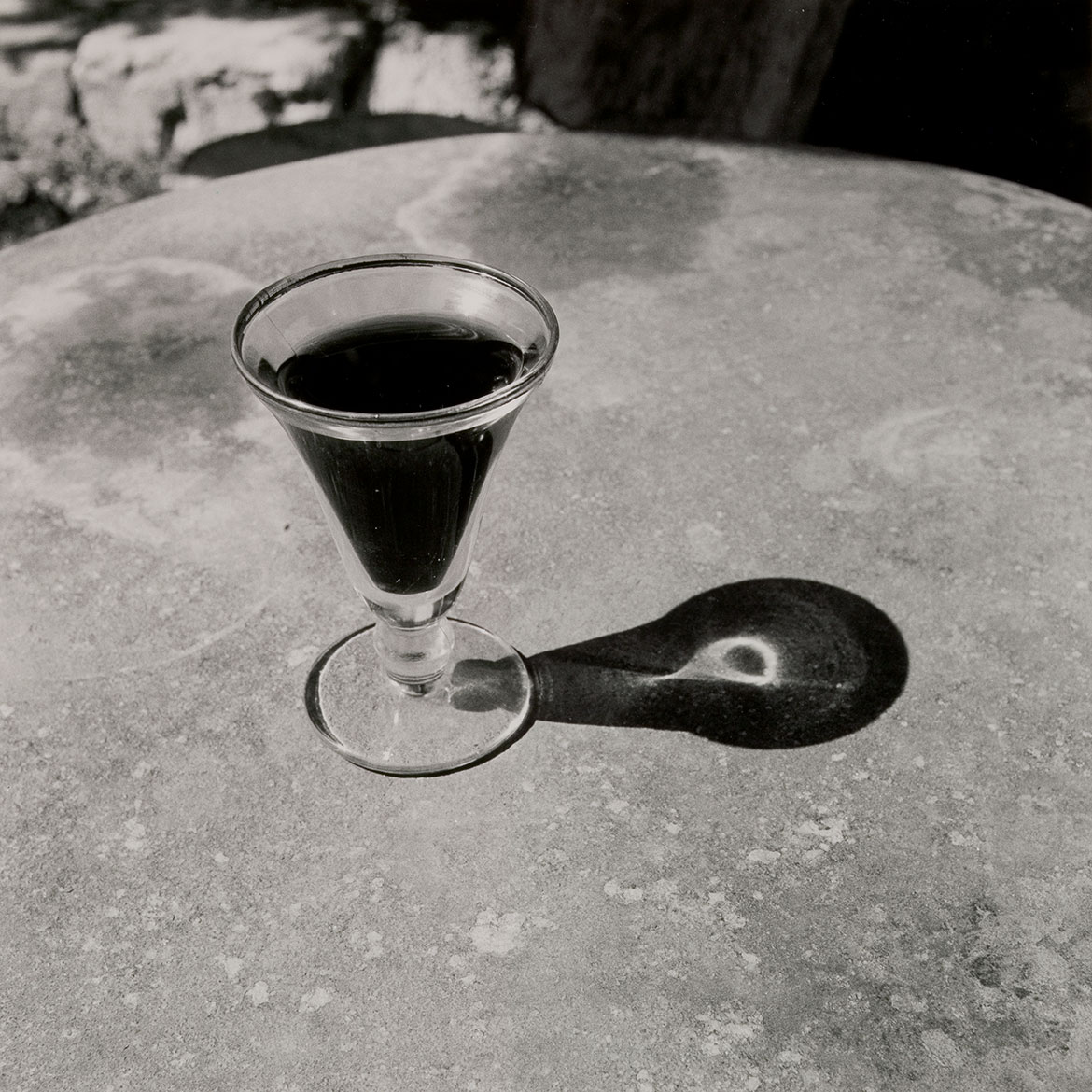
‘Quarantinis’ — or virtual happy hours with friends on video chat platforms — cemented a meaningful place in these times of social distancing and isolation. A temporary substitute to a Friday debrief, with or without a beverage, visual/virtual connection with our colleagues, friends and loved ones has become so much more essential to our wellbeing.
In Small glass pouring light 1997 Bill Culbert harnesses sunlight to transform the shadow of the glass into a light bulb.
Sophia Sambono is A/Assistant Curator, Indigenous Australian Art, QAGOMA
Featured image detail: Olive Cotton Teacup ballet 1935, printed 1991
#QAGOMA
